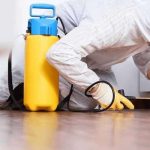How to Prevent a Rat Infestation: Complete Guide and Tips
How to Prevent a Rat Infestation: Complete Guide and Tips
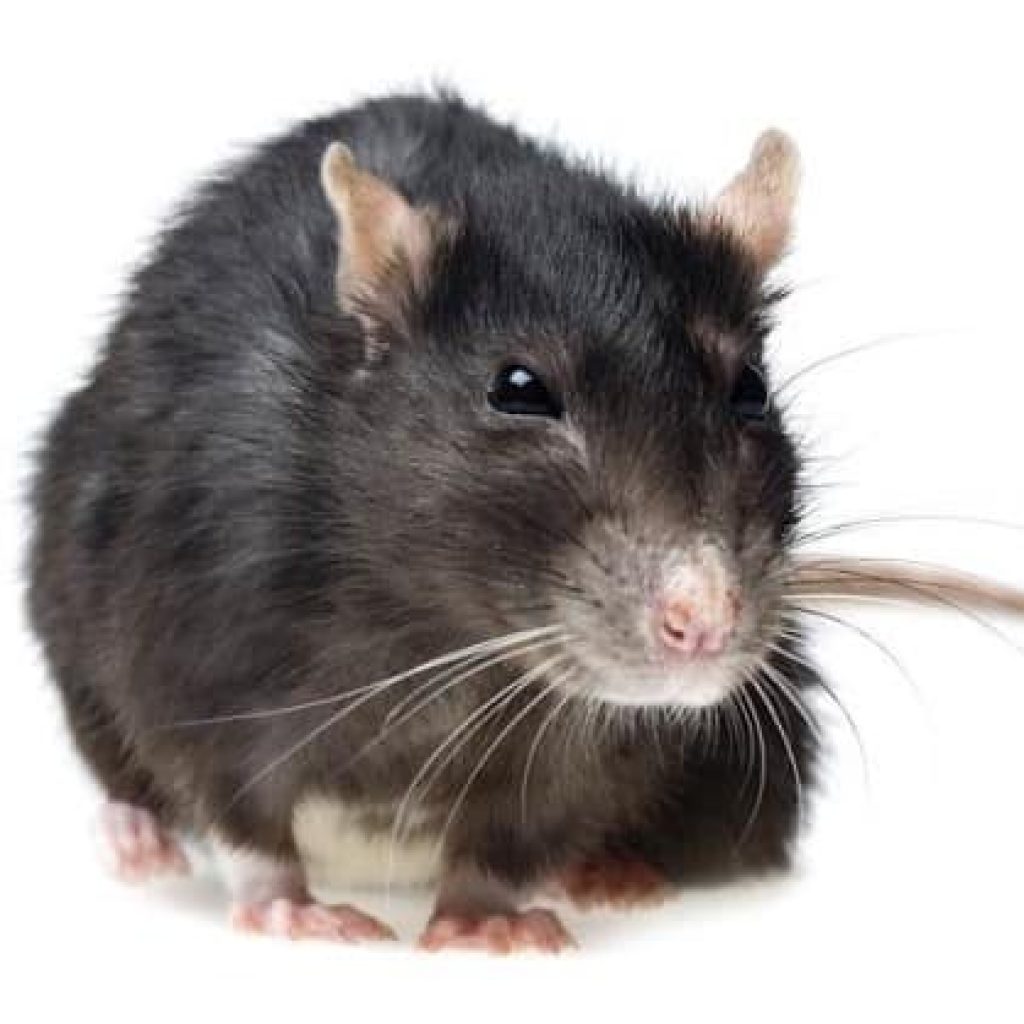
Recognizing Early Signs of an Infestation
It is important to identify the early signs of a rat infestation to take quick action. Common signs include:
- . Rat droppings around the house.
- Scratching or scurrying noises in the walls or ceiling.
- Bite marks on food packaging or electrical wires.
- Rat nests in dark, isolated areas.
- A strong, unpleasant smell of urine.

Ensure Impeccable Hygiene
Maintaining rigorous cleanliness throughout the house is essential to prevent a rat infestation. Here are some practical tips:
- Regularly clean floors, countertops, and storage areas.
- Dispose of food waste immediately and use bins with lids.
- Avoid leaving food out in the open, including pet food.
- Ensure food bags are tightly sealed and stored in airtight containers..
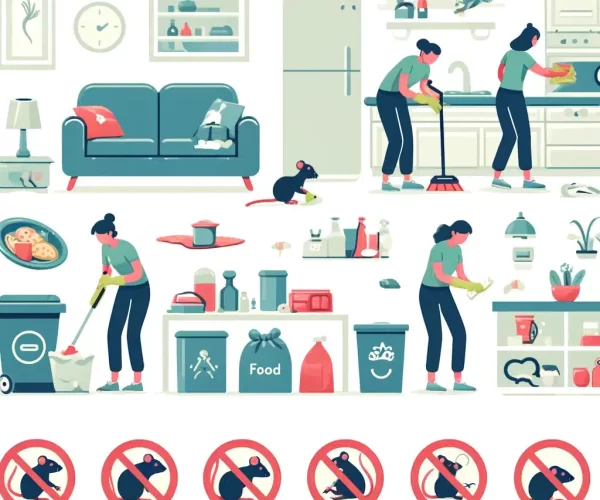
Securing Potential Entry Points
Rats can infiltrate your home through very small openings. Therefore, it is important to secure all potential entry points:
- Regularly inspect foundations, walls, and roofs for cracks or holes.
- Seal all openings with durable materials like metal or cement.
- Install metal grates over vents and ventilation ducts.
- Ensure doors and windows close properly and have no gaps.
Maintaining a Clean and Clear Outdoor Environment
Rats seek shelter and food sources outside your home. Here’s how to reduce their attractiveness:
- Remove wood piles, dead leaves, and debris from your garden.
- Store outdoor trash in tightly sealed containers..
- Trim shrubs and tree branches that touch your house to prevent them from serving as rat pathways.
- Avoid leaving bird or pet food outside.
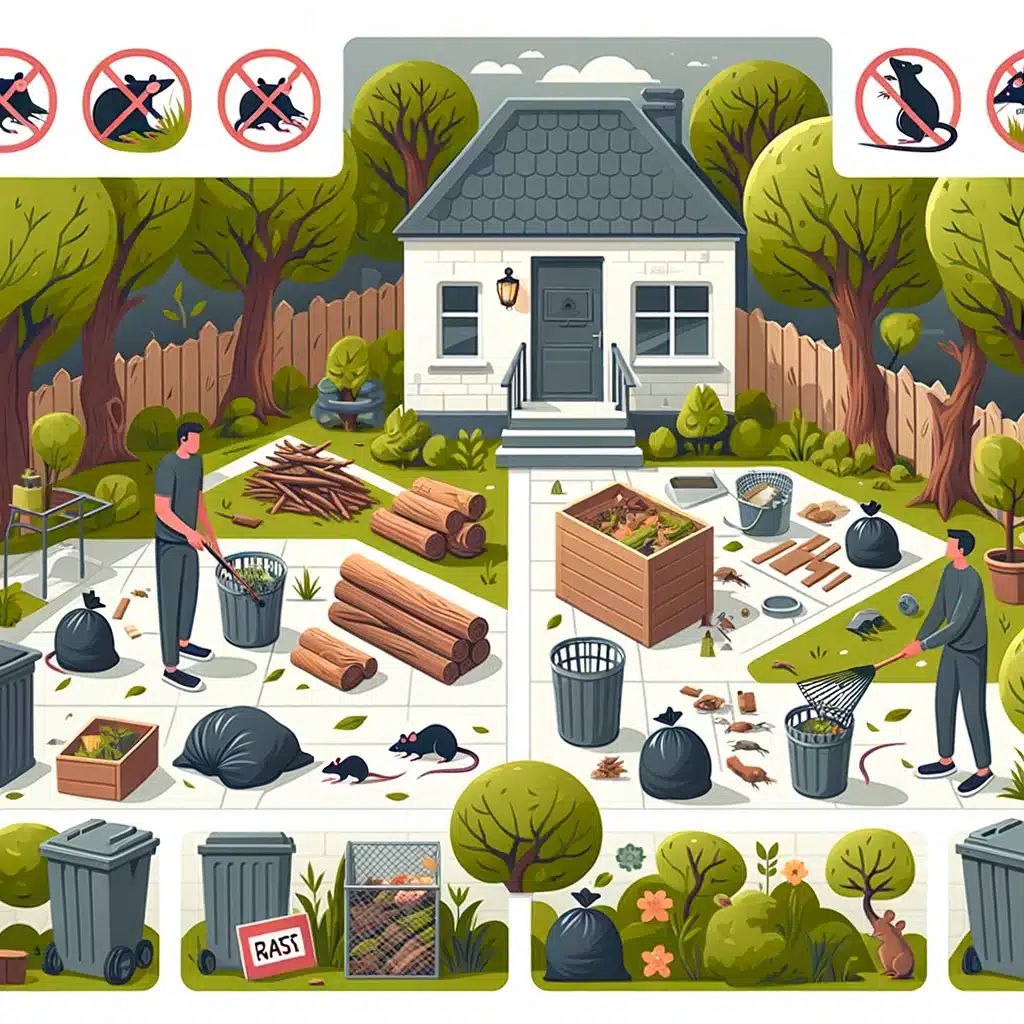
Using Natural Repellents and Deterrent Techniques
There are several natural repellents and deterrent methods that can help keep rats away:
- . peppermint: Rats hate its smell. Use essential oils or plant peppermint around your house
- . cayenne Pepper and Chili Flakes: Sprinkle these around areas where rats are likely to pass.
- Visit ultrasound Devices: Install devices that emit sound waves unpleasant to rats in high-risk
- Visit natural Predators: Encourage the presence of cats or other natural predators to help reduce the rat population.

Setting Up Traps and Baits
If you suspect the presence of rats, using traps and baits can be effective for controlling their population:
- Visit spring traps : Place them along walls where rats typically travel.
- Visit sticky Traps : Position them in dark corners and near entry points.
- Visit poisoned Baits : Use specific baits, but ensure they are placed out of reach of children and pets.
Collaborating with Professional Exterminators
If, despite all your precautions, you notice signs of an infestation, it is advisable to contact professional exterminators: :
- Pest control experts can assess the situation and offer tailored solutions.
- They have effective products and techniques to eliminate rats and prevent their return.
- Regular follow-ups by professionals ensure that your home remains protected against future infestations.
Adopting a Proactive and Continuous Approach
. Preventing a rat infestation requires constant vigilance and ongoing efforts. By adopting a proactive approach, you can significantly reduce the risk of invasion:
- Perform regular inspections of your home and its surroundings.
- Maintain strict hygiene and a clean environment.
- Stay informed about new methods and products for rat prevention.

Protecting Your Home from the Inside
Besides external measures, it is crucial to ensure the inside of your home is also secured against rats. Here are some additional strategies:
Safe food storage
Visit Rats are attracted to easily accessible food sources. To minimize this risk:
- Store food in metal or glass airtight containers.
- Regularly clean food storage areas, including pantries and kitchen cabinets.
- Avoid leaving pet food out overnight. for pets in the open overnight.
Humidity control
Rats are often attracted to humid environments. To prevent this:
- Fix water leaks i mmediately, whether in pipes, roofs, or appliances.
- Use dehumidifiers in areas prone to dampness, such as basements and bathrooms.
- Ensure proper ventilation to prevent moisture buildup.
Continuous Monitoring
Vigilance is key to maintaining a rat-free home. Here are some tips for effective monitoring:
- Install surveillance cameras in critical areas to detect any suspicious activity.
- Use motion detectors in basements and attics to spot rat presence.
- Keep an eye out for signs of rodents such as droppings, bite marks, and nests.
Education and Awareness
Involving the entire family in prevention efforts is essential for a comprehensive approach:
- Inform your children about the importance of keeping play and eating areas clean.
- Raise awareness among family members about the importance of not leaving food out in the open.
- Organize family meetings to discuss prevention strategies and everyone’s responsibilities.

Using Technology for Prevention
With technological advancements, there are many innovative solutions to help prevent rat invasions:
Surveillance Devices
- Smart Sensors : These can be placed in high-risk areas and alert you via your smartphone in case of suspicious movement.
- Thermal Cameras : These can detect the body heat of rats, even in complete darkness.
Management Applications
- Mobile Apps : Use dedicated apps to track inspections, traps placed, and signs of activity.
- Automated Systems : Systems that can automatically release repellents when rat activity is detected.
Long-Term Preparation
Once immediate measures are in place, it’s important to think about long-term prevention to ensure a rat-free home:
Maintenance Planning
- Establish a regular schedule for home inspections , including checking entry points and maintaining prevention devices.
- Schedule thorough quarterly cleanings to eliminate any factors that might attract rats.
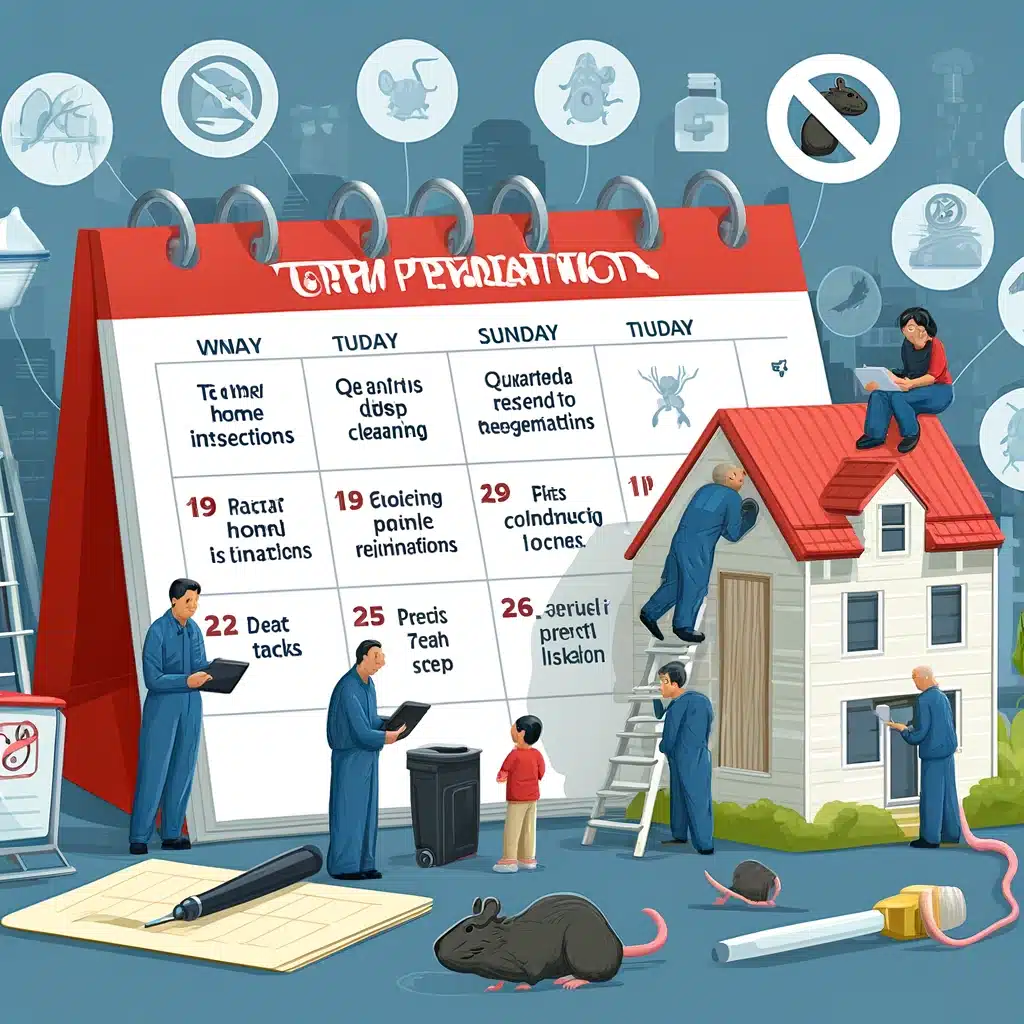
Preventive Investments
- Invest in rat-resistant construction materials during renovations or repairs.
- Consider periodic professional prevention services for continuous evaluation and preventive treatment.
Conclusion
. Preventing rat infestations requires a comprehensive and ongoing approach. By adopting rigorous preventive measures, maintaining strict hygiene, monitoring closely, and educating all family members, you can effectively protect your home from these pests. Remember that constant vigilance and adapting to new prevention methods are essential to ensure a healthy, rat-free home.
With these tips and strategies, you are now better equipped to . Preventing a rat infestation and ensure the safety and cleanliness of your home. Proactive prevention and regular maintenance of your environment are key to keeping these pests at bay.

